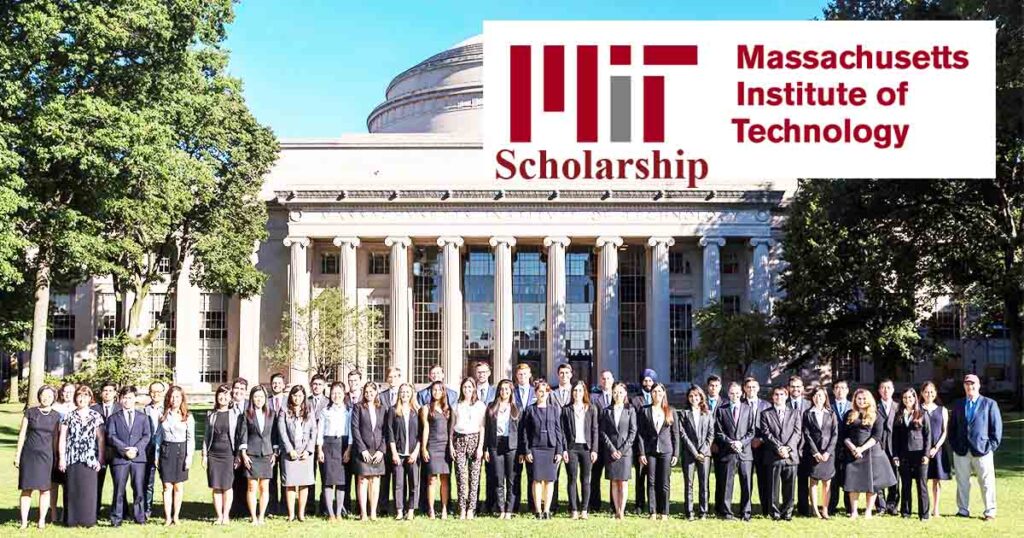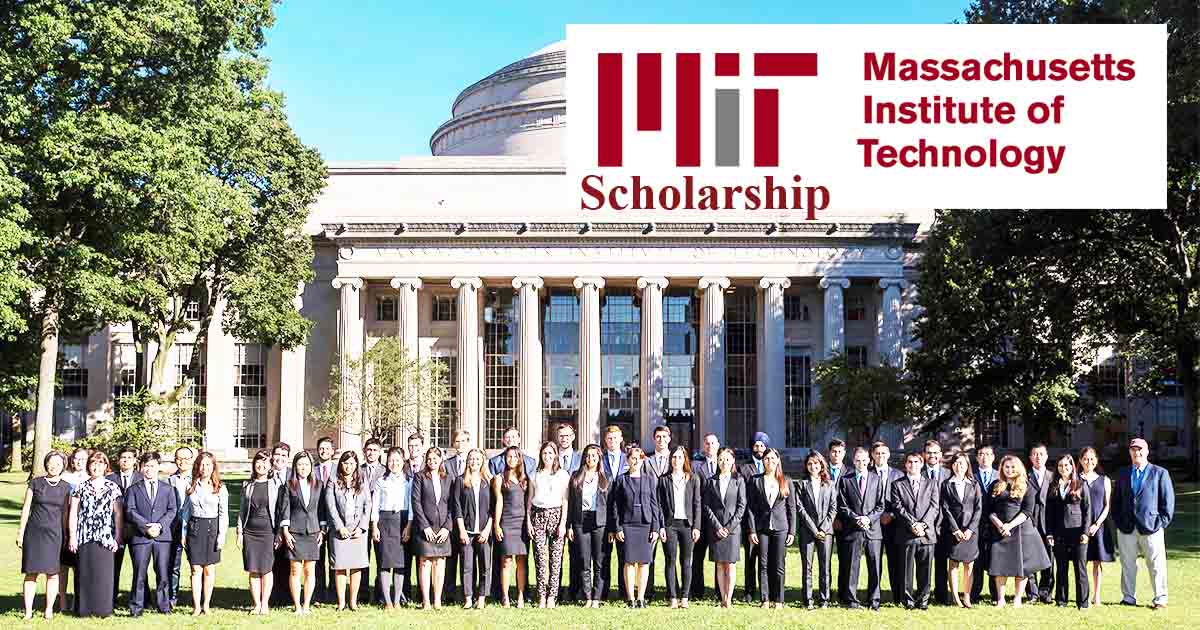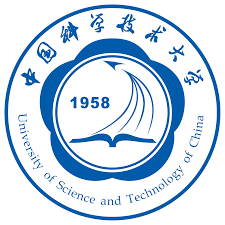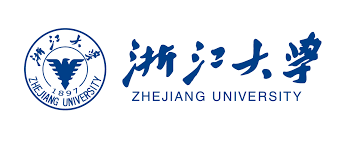
The Massachusetts Institute of Technology (MIT), founded in 1861, is a world-renowned institution known for its cutting-edge research, innovation, and rigorous academic programs. Located in Cambridge, Massachusetts, MIT has played a pivotal role in advancing technology and science. This blog post provides an in-depth look at MIT, its history, campus, academic offerings, student life, and global impact.
Founding and Early Years
MIT was founded by William Barton Rogers in response to the increasing industrialization of the United States. The institute aimed to provide a practical education in science and technology to address the needs of the industrial society.
Evolution Through the Decades
MIT has continuously evolved, expanding its academic programs and research initiatives. The institute has been at the forefront of many technological advancements and scientific discoveries.
Key Milestones and Historical Events
- 1861: MIT is founded.
- 1916: MIT moves to its current campus in Cambridge.
- 1969: The Apollo 11 mission, with MIT’s significant contributions, lands on the moon.
Campus and Facilities
Description of the Main Campus
MIT’s campus spans 168 acres along the Charles River, featuring a mix of historic and modern architecture. The campus is designed to foster collaboration and innovation.
Notable Buildings and Landmarks
- Great Dome: An iconic symbol of MIT.
- Stata Center: Designed by Frank Gehry, it houses various research labs and offices.
- MIT Media Lab: A hub for interdisciplinary research.
Libraries and Research Facilities
MIT boasts an extensive library system with several specialized libraries. Key facilities include:
- MIT Libraries
- Barker Engineering Library
- Hayden Library
Campus Life and Student Amenities
The campus is equipped with state-of-the-art facilities, including fitness centers, theaters, and dining halls, supporting a vibrant student community.
Academic Programs
Undergraduate Programs
MIT offers undergraduate degrees in various fields, including engineering, computer science, and natural sciences. Students can choose from over 50 majors.
Graduate and Professional Schools
MIT’s graduate programs are highly regarded globally, with schools such as:
- MIT Sloan School of Management
- School of Engineering
- School of Architecture and Planning
Research Opportunities
Students have access to cutting-edge research facilities and can participate in pioneering projects across various disciplines.
Notable Faculty and Alumni
MIT’s faculty includes numerous Nobel laureates, Turing Award winners, and influential scholars. Notable alumni include:
- Kofi Annan: Former Secretary-General of the United Nations.
- I.M. Pei: Renowned architect.
Admissions Process
Application Requirements
MIT’s admissions process is highly competitive. Applicants must submit standardized test scores, transcripts, essays, and letters of recommendation.
Tips for Prospective Students
- Showcase Unique Talents: Highlight your unique skills and experiences.
- Strong Academic Record: Maintain excellent grades and test scores.
Financial Aid and Scholarships
MIT offers need-based financial aid to ensure that all admitted students can afford to attend. Scholarships and grants are available for eligible students.
Student Life
Extracurricular Activities
MIT students can participate in a wide range of extracurricular activities, including student government, clubs, and performing arts.
Housing and Dining
On-campus housing is provided for all undergraduates. Dining options include diverse cuisines and accommodate various dietary needs.
Student Organizations
MIT has over 500 student organizations, catering to interests such as academics, culture, and recreation.
Sports and Athletics
The MIT Engineers compete in NCAA Division III sports. Popular sports include rowing, track and field, and swimming.
MIT’s Global Impact
Contributions to Research and Innovation
MIT has made significant contributions to various fields, including technology, medicine, and social sciences.
Global Partnerships and Collaborations
MIT collaborates with institutions worldwide, fostering international research and academic exchange.
Alumni Network and Its Influence
MIT’s alumni network spans the globe, with graduates holding influential positions in government, business, and academia.
Conclusion
MIT remains a beacon of academic excellence and innovation. Its rich history, world-class facilities, diverse academic programs, and vibrant student life make it a top choice for students worldwide. As MIT continues to evolve, it will undoubtedly maintain its position as a leader in higher education.
Internal Links
- For more information on MIT’s admissions process, visit our Admissions Guide.
- Explore our detailed article on MIT’s Campus and Facilities.
- Learn about notable MIT Alumni and their achievements.
Google Q&A (People Also Ask)
To make this blog SEO-friendly, we will address some common questions that people ask about MIT:
What is MIT known for?
MIT is known for its rigorous academic programs, cutting-edge research, and significant contributions to science and technology. It is a leader in fields such as engineering, computer science, and artificial intelligence.
How hard is it to get into MIT?
MIT has one of the lowest acceptance rates in the country, making it highly competitive. Applicants need strong academic records, high test scores, and unique personal achievements.
What are the most popular majors at MIT?
Some of the most popular majors at MIT include Computer Science, Mechanical Engineering, Electrical Engineering, and Physics.
Does MIT offer financial aid?
Yes, MIT offers need-based financial aid to ensure that all admitted students can afford to attend. Scholarships and grants are available based on financial need.
Is there any specific information or section you would like to elaborate on?
Outline
- Introduction
- Brief overview of MIT
- Importance of MIT in higher education
- History of MIT
- Founding and early years
- Evolution through the decades
- Key milestones and historical events
- Campus and Facilities
- Description of the main campus
- Notable buildings and landmarks
- Libraries and research facilities
- Campus life and student amenities
- Academic Programs
- Undergraduate programs
- Graduate and professional schools
- Research opportunities
- Notable faculty and alumni
- Admissions Process
- Application requirements
- Tips for prospective students
- Financial aid and scholarships
- Student Life
- Extracurricular activities
- Housing and dining
- Student organizations
- Sports and athletics
- MIT’s Global Impact
- Contributions to research and innovation
- Global partnerships and collaborations
- Alumni network and its influence
- Conclusion
- Summary of MIT’s significance
- Future outlook for the university






